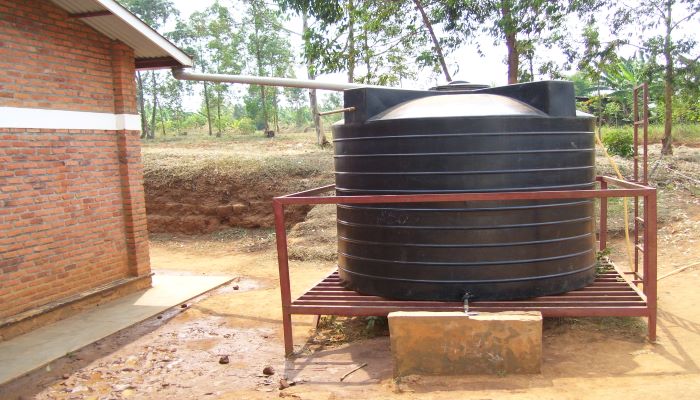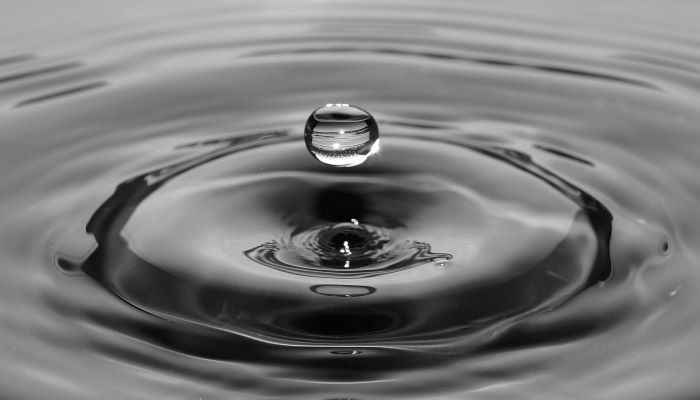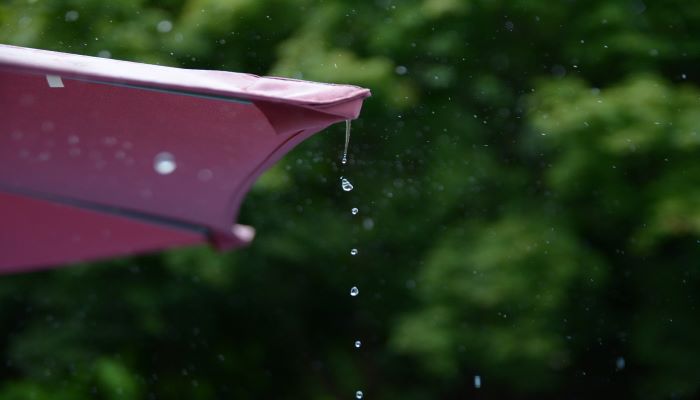Water. So often taken for granted until those shortages hit home.This monsoon, instead of just playing the waiting game and anxiously watching the horizon, here’s how you can gather those precious drops by making your own rainwater harvesting system at home. Now is the time to become a water wise warrior!
1. Install a Rain Barrel
The easiest way to harvest rain is through a rain barrel (make your own from a large trash can or an old drum) linked to a pipe fitted to collect rainwater from the rooftop and verandah of the house.To prevent the barrel from becoming a mosquito breeding ground, fasten a tight-fitting top to it, and screen the ends of the downspouts leading into the barrels. Or simply add a tablespoon of vegetable oil to the stored rainwater. It coats the water’s surface and kills larvae by depriving them of oxygen.
2. Create a Rain Garden
A rain garden is a sunken landscape that uses native plants, local soil, and mulch to remove pollutants from water, and allows it to percolate into the ground. It’s easy to create, looks good all year-round and has a positive impact on the environment.
3. Make your own DIY Rain Chain
Rain chains are not only beautiful, simple to make requiring few tools and materials, but also a more attractive alternative to standard PVC (polyvinyl chloride) pipe downspouts. These fun, fashionable and environment-friendly accessories help avoid the runoff by transporting rainwater from the collecting pipe downwards to a drain or to a storage container.
4. Naturally recharge your wells and borewells
Rooftop rainwater is led through pipes with a filter at the end to open dug wells for replenishing underground aquifers. Based on this idea, the ‘Mazhapolima’ (bounty of rain) Recharge Project of Thrissur was born. As a result, today, not only is there abundant water in summer, there is also reduced salinity, turbidity, and colour in the well water.
A recharge pit for borewells is also a good idea as it pushes back the surface water into the groundwater system. Usually, a recharge pit is one metre in diameter and six metres deep, lined with concrete rings having perforations. These perforations let filtered and de-silted water seep from the sides increasing the groundwater table.
5. Set up a Splash Block
Setting up a splash block is a great idea to divert the flowing rainwater away from the structure’s foundation.It is a piece of concrete or plastic of a roughly rectangular shape, and is placed below the downspout that carries rainwater from the roof of a house during rainfall. It absorbs the force of the water that is getting diverted from the roof, and also prevents holes from being dug in the garden due to the eroding force of the pouring water.
6. Build a Rain Saucer
If you are looking for a fast DIY way to collect rainwater without much hassle, rain saucers form a great free standing rain collection system which fill up surprisingly fast. Looking like an upside-down umbrella, the rain saucer unfolds to form a funnel which fills the containers with rainwater. Since this easy-to-deploy system catches rain straight from the sky, it also decreases the chances of contamination.
7. A Reservoir for Rain
Rainwater that falls on the rooftop, be it flat or slanting, can be made to run through a pipe to a storage facility like a sump or a tank. This water can be filtered to purify the larger particles before being stored in rainwater harvest (RWH) tanks. By using stored rainwater for washing cars and watering gardens, the use of underground water can be minimised. A win-win system for economy and environment, this also helps in saving energy and keeps the energy bill to a minimum.
Real Time Renewables can help you choose the right rainwater harvesting system for your home. Keeping in mind the benefits it has for the environment and for ourselves, getting one installed in your house should be priority! Other than rainwater harvesting you can also adopt various other ways to conserve water at home.
For more information related to environment & sustainability, follow us on Facebook, LinkedIn and Twitter.
-The Better India



